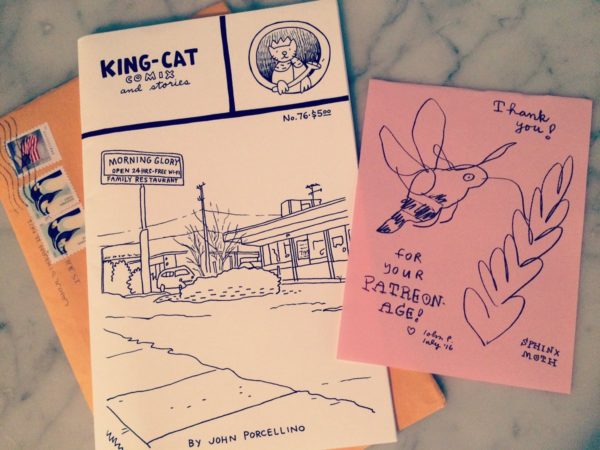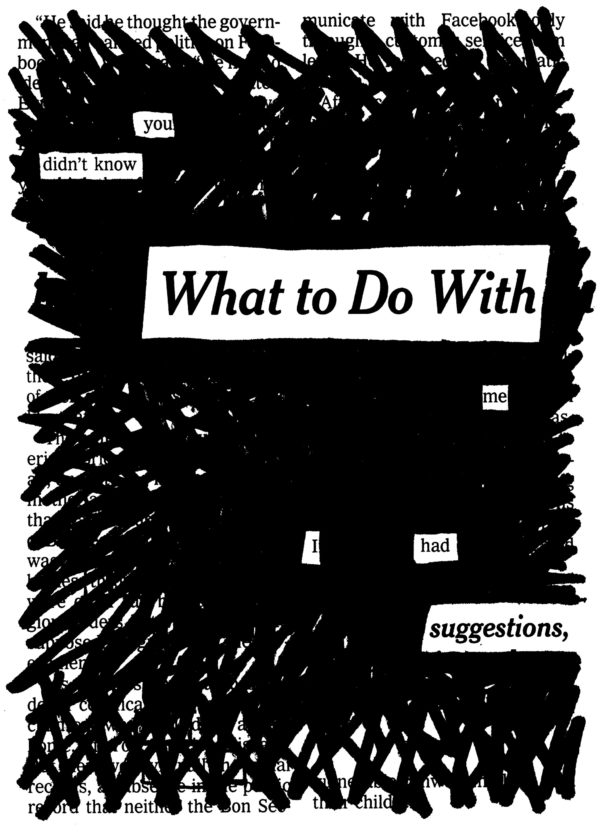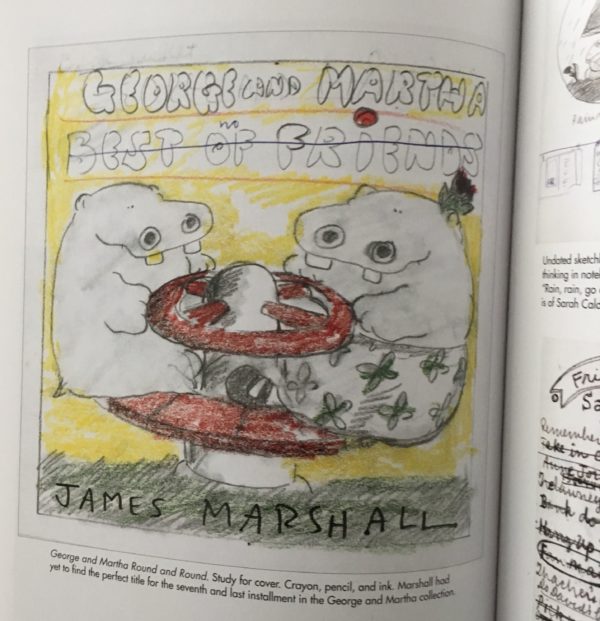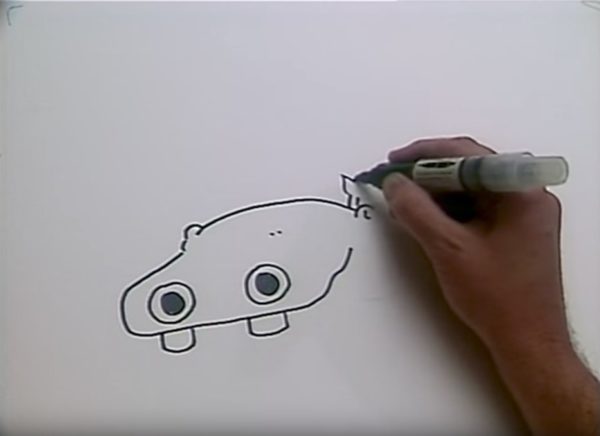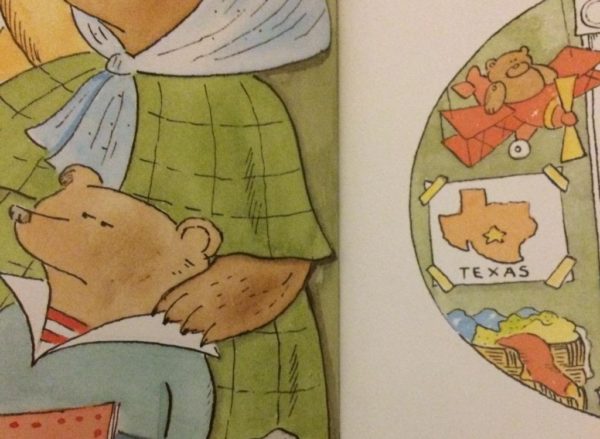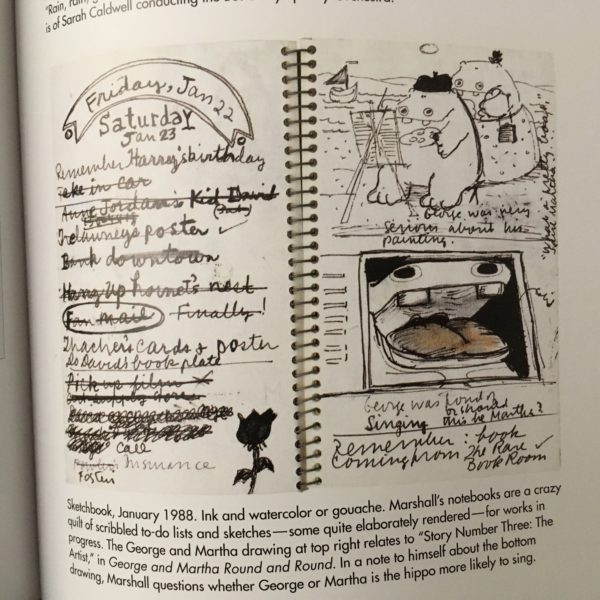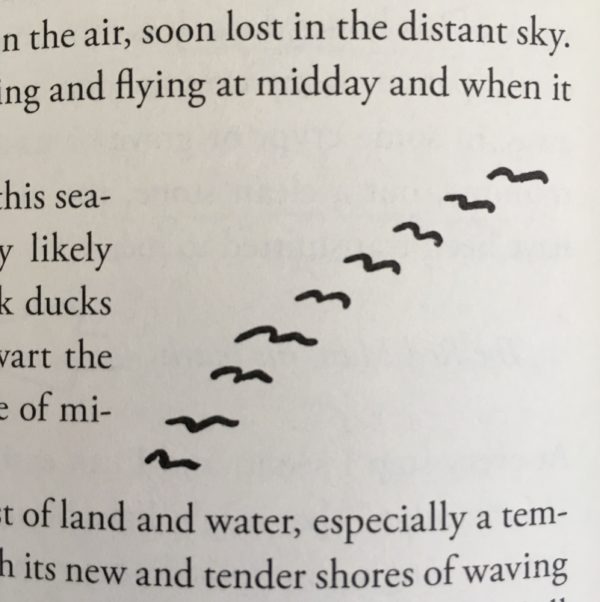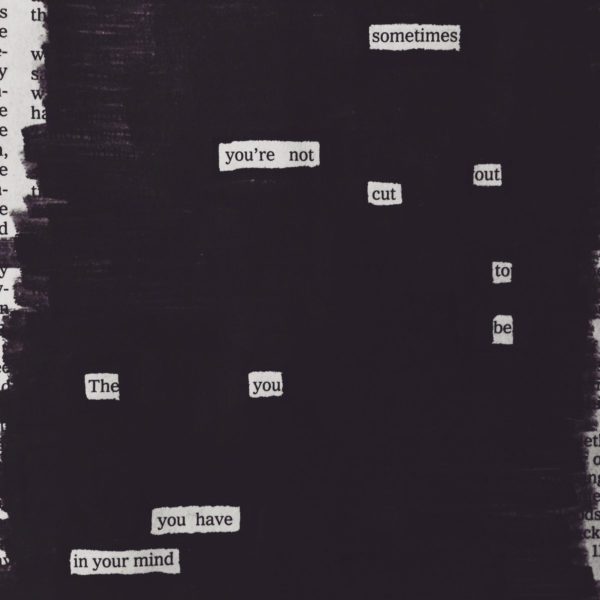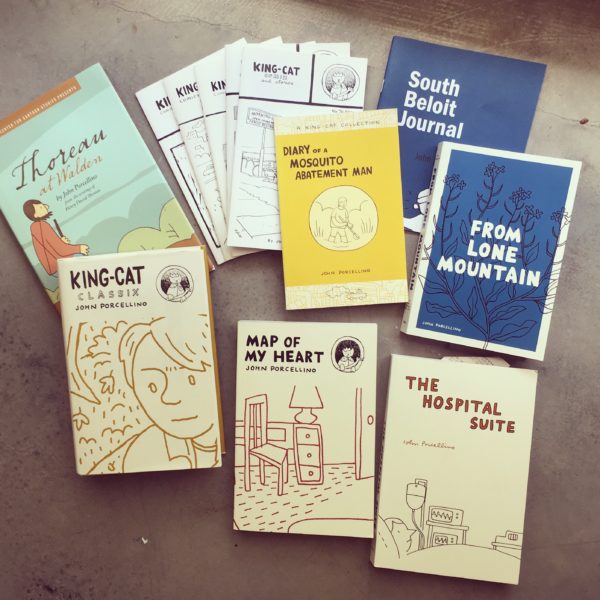
Last night I finished From Lone Mountain, a book collecting John Porcellino’s King-Cat zine from 2003-2007. I think the world of John’s work. To me, he is one of the most unique contemporary American artists: independent, autonomous, and a model of the DIY ethic: Next year will be his 30th anniversary of self-publishing King-Cat.
Tom Devlin posted this lovely appreciation over on the D&Q blog:
One of the truly great things about comics is that John P is always working on a new issue of King-Cat Comics & Stories. It has been a constant in our weird maddening charming art form for nearly thirty years. This is a comfort. John began as punk upstart filled with passion and anger and a fool’s confidence and has mellowed, deepened into an engaged, patient, sympathetic artist-for-life. His life is right there on paper for us to see. There have been so many times when I found an anchor in King-Cat. Everything arounds us moves so fast. Time runs away. We make and lose friends and barely remember people who were once very important to us. In King-Cat, John is talking about seeing Frank Sinatra in concert or listening to Husker Du. Sometimes I didn’t care about something when he wrote about it but I care now. I caught up to John. Or we caught up to each other. This is just one of the great things about John’s work. He’ll wait for you to catch up. He’s always there. His comics exist in all times. Waiting.
I’m not sure what else there is to say.
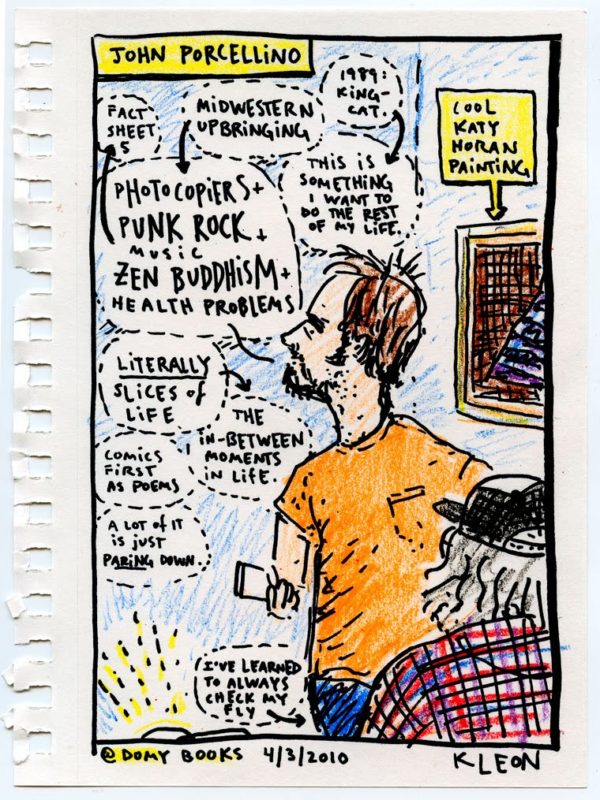
I’ve been reading John since I was about 21 years old. I drew this sketch of him in 2010 when he came to Austin on tour. (You might see me wearing my now-ratty t-shirt around.) One thing that struck me reading the latest collection: King-Cat really is a zine. In my mind, I think of King-Cat as comics, but when you open an issue, there’s a ton of prose writing, and letters, and lists, etc.
Another thing that touched me was his description — typed out in simple Times New Roman — in issue #65 of living in DeKalb, Illinois in the early 90s, working a crummy job all day and making comics at night and on weekends:
I’d come home from work, park in the alley, and come up the back stairs to my apartment. The apartment was huge and cheap, windows everywhere and wide open dusty floors.
Cooking dinner meant opening a can of refried beans onto a tortilla and microwaving them one after the over. I put pre-shredded cheddar cheese on them and when I was fancy some lettuce. I ate them with tortilla chips and generic cola. They were damn good.
Once a week I’d pull out the little old 9” TV my parents had given me, balance it on the chair, and watch Roseanne in grainy black and white. When it was over I’d unplug it and put it back in the closet. I was in a weird state of mind. I’d listen to Brasil ‘66 records or the Tijuana Brass and draw comics all evening. The comics just came out of me. I’d stack them up and when I had enough pages I’d go down to the copy shop and put out a new issue of King-Cat.
That’s it, the whole thing, right there: Make comics, when enough pages stack up, you make a zine.
I heard Jessa Crispin say one time: “I’m very Midwestern in that I just do the work that’s in front of me” — that spirit is very much in John’s work. (Along with punk rock, Zen, and Thoreau.)
John is one of the few artists I happily support on Patreon — from how he tells it, crowdfunding has made a big difference in his life, allowing him to save a little bit for the first time. I hope you’ll buy his books and fall in love with King-Cat and become a subscriber. He’s an American original.
